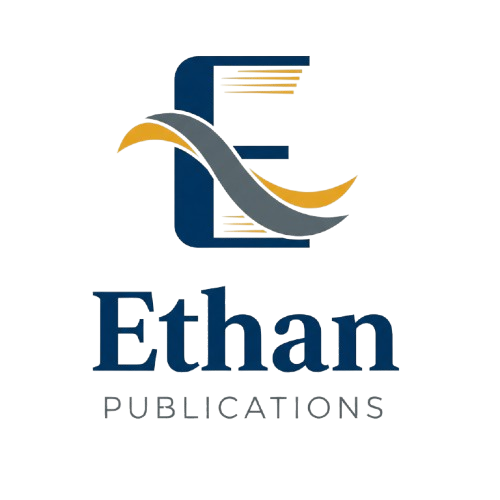A COMPARATIVE STUDY OF RIDGE REGRESSION AND PLS REGRESSION IN CHEMOMETRICS
Authors: Maria Gonzales
Published: June 2024
Abstract
<p>Ridge Regression (RR) and Partial Least Squares (PLS) are two widely used techniques in the field of chemometrics for modeling complex relationships between variables. This paper provides a comprehensive comparison of RR and PLS, shedding light on the ongoing debate among statisticians and chemometricians regarding their effectiveness. Statisticians argue that RR, with its well-developed mathematical foundation, is a preferable choice due to its known statistical properties. In contrast, PLS relies on the projection of orthogonal variables, raising concerns about its statistical properties. However, chemometricians favor PLS, emphasizing its ability to handle situations with more variables than samples, a common scenario in practical applications. The paper explores the theoretical underpinnings of both RR and PLS, highlighting their similarities and differences. PLS, similar to Canonical Correlation (CC), aims to maximize the covariance between X- and Y-score vectors, while CC focuses on correlation. Validation procedures, including cross-validation and test sets, are discussed to assess the reliability of results. Additionally, graphical tools are presented to facilitate data analysis. While previous studies have produced mixed results regarding the superiority of RR or PLS, this paper aims to provide a clearer perspective by considering various factors and practical scenarios. By comparing these two methods on real-world chemo metric datasets, we contribute to the ongoing discussion surrounding their applicability and performance.</p>
Full Text
No full text available
Cite this Article
References
- No references available.
